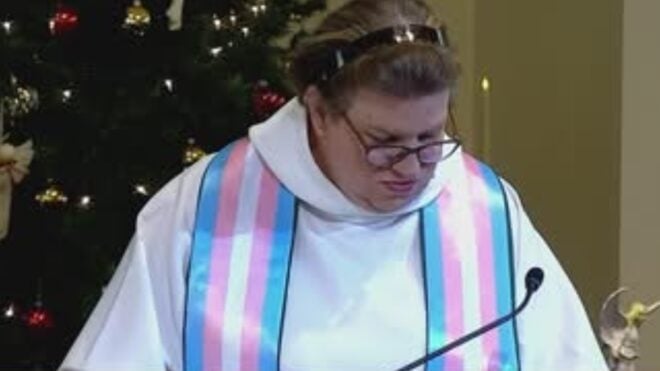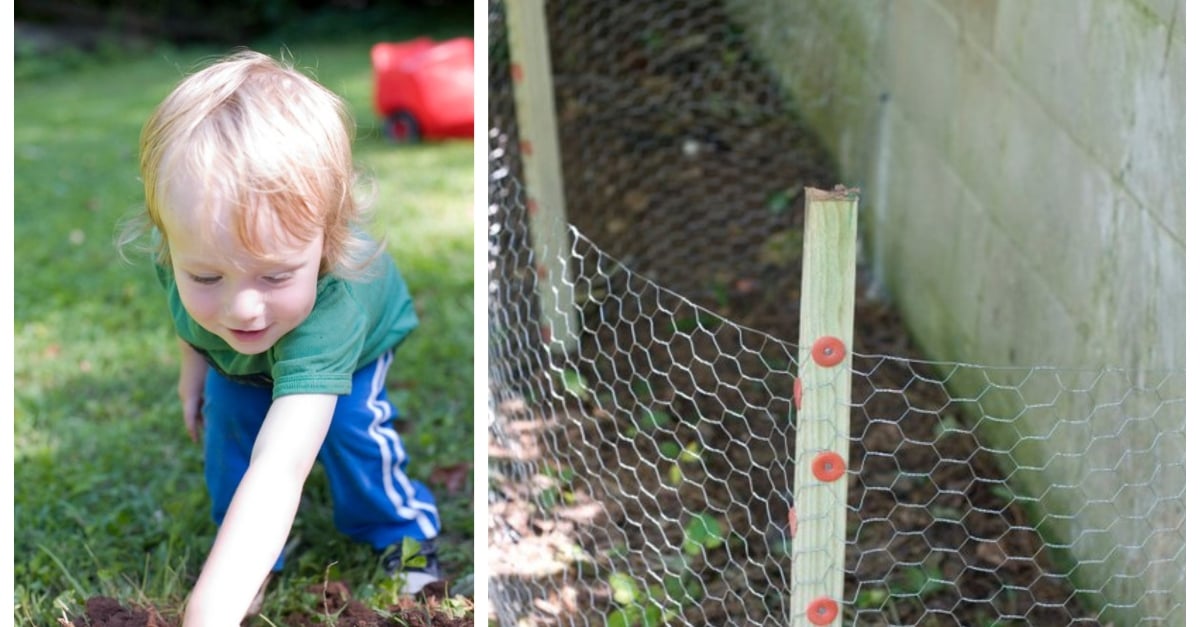
Here's a thing about me: I love composting! It sounds funny to say, but it's one of the only things that makes me feel OK about the food that my family still inevitably wastes. But how does one begin composting?
It's surprisingly easy to start composting at home on your own, and not nearly as gross as you might think. You also don't need a farm or even a yard to do it! We have lived in 400-square-foot apartments and 1,500-square-foot houses and have managed to compost the whole time.
But before I dive into the hows, I think it's important to know the whys. First and foremost, compost by itself is just decomposing food. You can use it for gardens or to enrich your yard's soil, or you can let food compost just so you aren't tossing it into a plastic bag where it will never be able to fully decompose.
There are also several good reasons why it's great to compost. Here are a few:
- You won’t need to buy fertilizer.
- You’ll be helping save resources.
- It helps extend the life of landfills.
With a few tricks and tools, you can get started right away.
Composting Nitty-Gritty
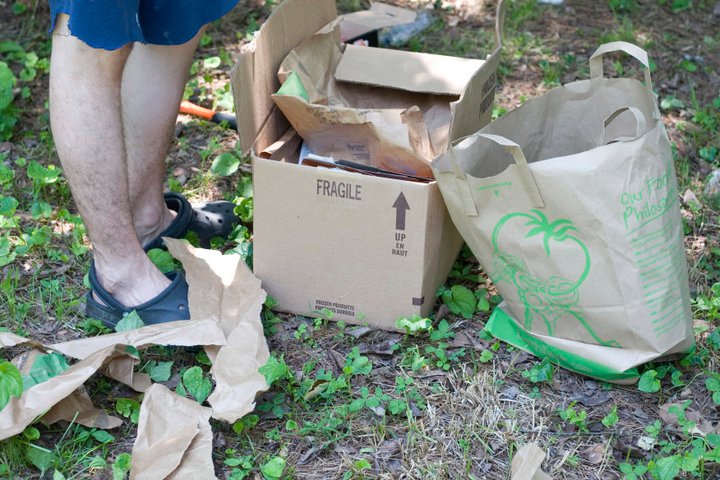
Before you dive in, it's important to understand a few things about composting. There's a science here!
- Everything you can compost is either carbon- or nitrogen-based.
- Carbon-rich materials include coffee grounds, coffee filters, branches, and egg shells.
- Nitrogen-rich materials include food scraps, lawn clippings, and kitchen waste.
The carbon-rich materials help the compost stay fluffy, and the nitrogen-rich materials help it make enzymes. The goal is to have more carbon than nitrogen in your compost pile — a general rule is to have one-third green waste and two-thirds brown waste in your compost heap.
What To Avoid Composting
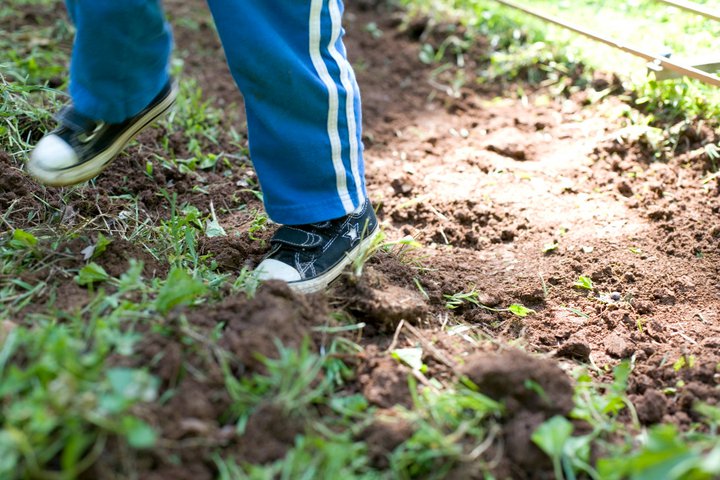
It's also important not to think of composting like one giant planet-friendly garbage bin. There's a lot that you definitely should not compost, like:
- Meat, bones, and fish scraps
- Diseased plants
- Banana peels, peach peels, and orange rinds (anything that might have pesticides on it)
Tools That Can Help
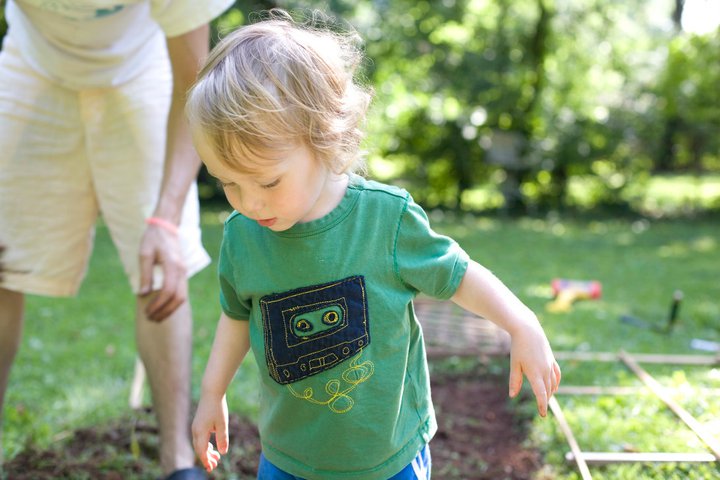
If you're composting on a small scale in your home, and your community provides compost bins as part of your collection services, you don't need much to get started. Here are a few things that you can get online:
- Composting bin, like this 1.3-gallon stainless steel choice ($25.95)
- Biodegradable composting bags ($25 for 250)
When we lived in an apartment, we would just toss our food scraps into our countertop bin and then dump it into the larger composting-only can outside each week. If you want to use biodegradable bags, you can, but they aren’t strictly necessary. Since you probably aren’t trying to use your compost for fertilizer if you’re in an apartment, the goal is just to reduce the waste you send to the landfill that won’t biodegrade.
Setting Up a Compost Pile Outside
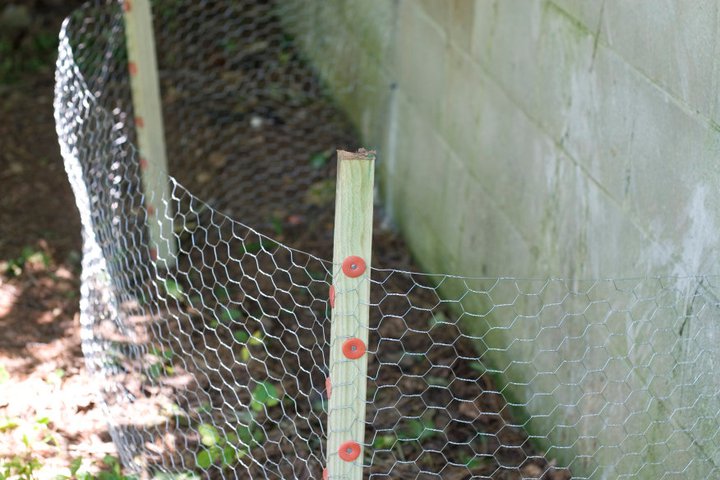
We have never used our compost for anything more than casual gardening, and we currently have a small compost pile in our backyard. The pile itself is surrounded by chicken wire to keep it contained. We dump our compost out of the bin and into the pile whenever the bin fills up, and we use a small rake to turn the compost after dumping it. This helps to keep the pile fresh.
Also: If you have small children, compost is an unexpectedly delightful way to entertain them. When our son was between 3 and 6 years old, he loved going outside to turn the compost and to look for worms.
Going Big: Composting on a Larger Scale
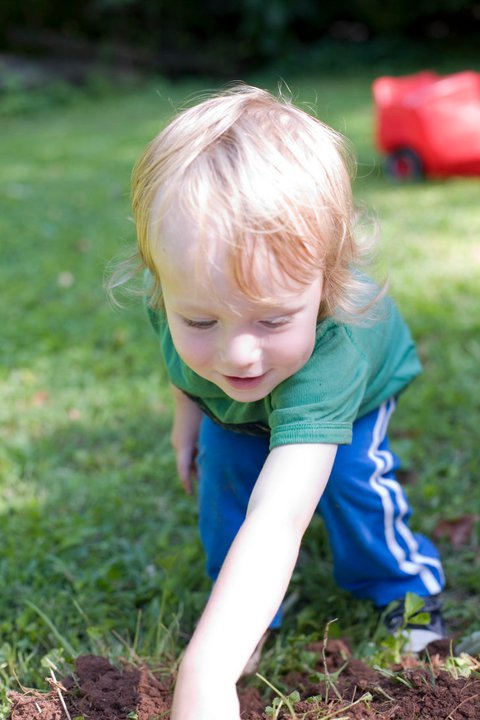
Like I said, we haven't composted on a farm or with a bigger goal other than doing our part to keep our landfills a little less burdened, but composting can and should absolutely be used on farms and on larger-scale properties. Iowa State University is a great resource for small-scale farmers who are looking to get into composting.



